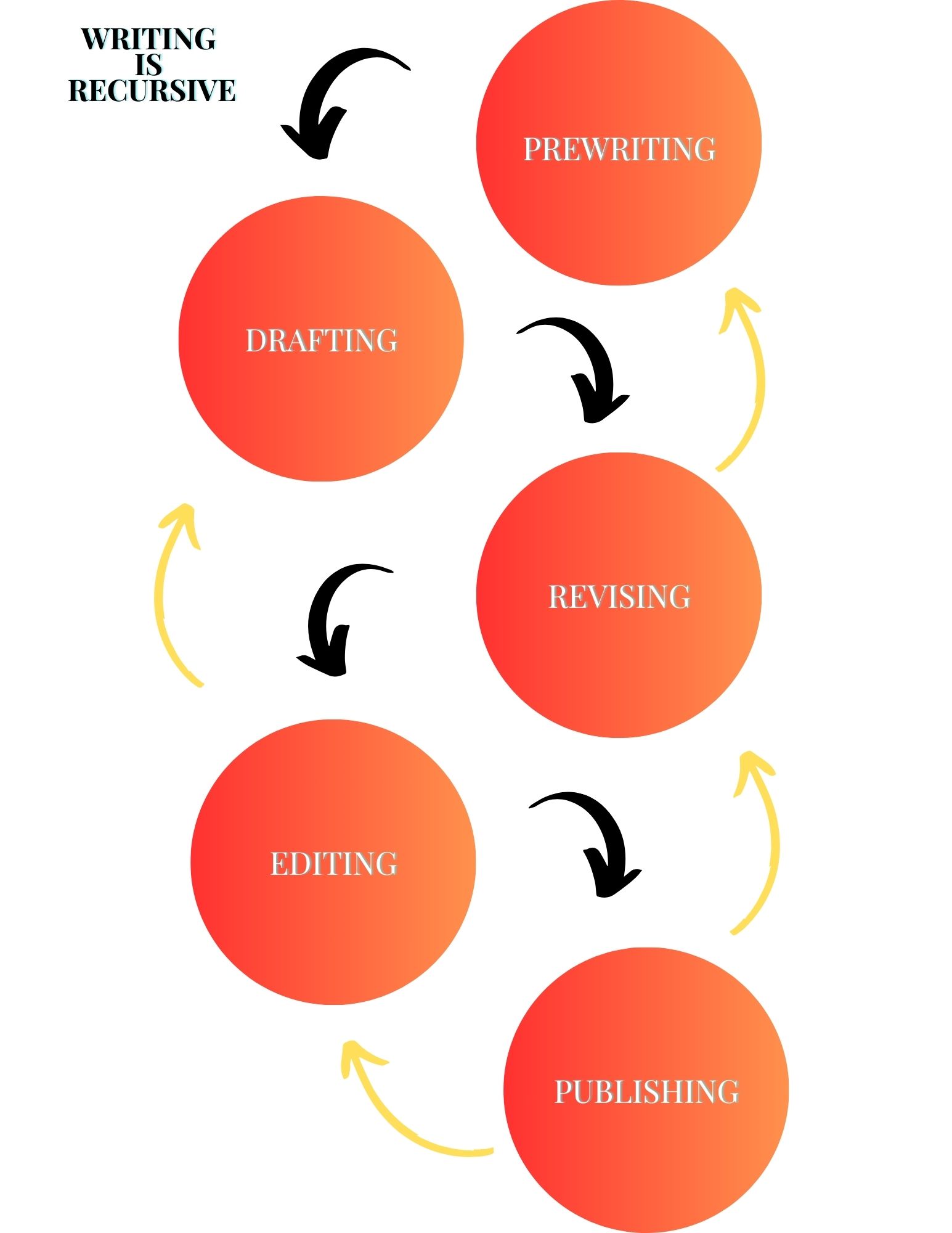Crafting suspense in writing is akin to writing a symphony of tension, drawing readers into anticipation that moves them through the narrative. The suspense keeps readers reading, and that’s a good thing. We want them to read our writing the whole way through without skipping a beat.
For instance, in The Scarlet Pimpernel, Marguerite has traveled to France knowing her husband, Sir Percy (The Scarlet Pimpernel), is in danger. We don’t know how much danger he is actually in as far as the reality of the situation, but we do know the French spy Chauvelin is devious and will do anything to stop Sir Percy.
That makes us want to know the outcome!
Today on the blog, we are going to discuss a few ideas about how to build tension and suspense accordingly.
Gradual tension throughout the story
To achieve suspense, one thing you can do is build tension gradually. The art lies in introducing an element of unease early on and then steadily escalating the stakes, creating a palpable sense of anticipation.
In The Scarlet Pimpernel, what’s in the background of everybody’s mind? The Guillotine. A horrid device for chopping off heads. With that in mind, we now know that the tension is in the device of murder—if they are caught, they are dead. Moreover, we have many character’s lives at stake, from Armand’s to Marguerite, to Sir Percy himself. This tension drives our interest in the next revelation.
Uncertainty is the foundation of suspense, and writers should keep their readers guessing by weaving unpredictable challenges and ambiguous situations.
Using your characters wisely
Character involvement is paramount. Readers connect with characters facing dilemmas or threats, so crafting well-rounded, relatable protagonists is essential. That is to say, when characters are in danger, readers share in their anxiety, forging a strong emotional connection. As such, play up your characters’ problems. Place them in peril, and threaten the audience with killing somebody they love (even though you wouldn’t really do it!).
How many books have you read where a character was not in some form of danger? Probably not many (if any!). Danger is conflict, and conflict pushes narrative forward. If characters aren’t facing danger (conflict), then the story isn’t really going anywhere.
Controlling information and pacing behind your back
Control over the flow of information in a story is another way to build suspense. Strategic revelation of details maintains a sense of ambiguity, keeping readers hungry for more. Marguerite slowly discovers that her husband is the Scarlet Pimpernel, even though he plays a foolish dandy. That control of information surprises us and keeps us reading the text.
Pacing, too, plays a vital role. A well-timed twist or turn can heighten suspense, while carefully crafted moments of respite allow readers to catch their breath before plunging back into the tension. We discover Marguerite’s brother is in trouble the same time Marguerite does, so we feel for her. Additionally, we learn about the cruel Chauvelin only as he reappears in Marguerite’s life.
Foreshadowing for suspense
Foreshadowing adds depth to the narrative, planting seeds of doubt or mystery that heighten anticipation. Surprise becomes a powerful tool when unexpected developments challenge readers’ expectations, and crisis points are pivotal for sustaining suspense, ensuring that stakes are high and consequences significant.
In other words, Sir Percy shows hints of himself as a clever and intelligent hero even though he acts like a foppish buffoon. Marguerite can see his skill as a carriage rider and see glints of dedication and intelligence in his eyes when he speaks to her. She feels it, and this foreshadows the revelation that Sir Percy is actually quite different from who he presents.
Conclusion
There are a variety of ways to ensure that readers are caught in suspense, from using tension, your characters, and foreshadowing. Therefore, closure is crucial, but leaving some questions unanswered maintains a lingering sense of suspense beyond the final page.
Committing these elements to the page transforms writing into an immersive experience, keeping readers on the edge of their seats, and desiring the next twist in the tale. The art of suspense is a writer’s guarantee to the reader that they are going to be devouring an unforgettable story that resonates long after the book is closed.







